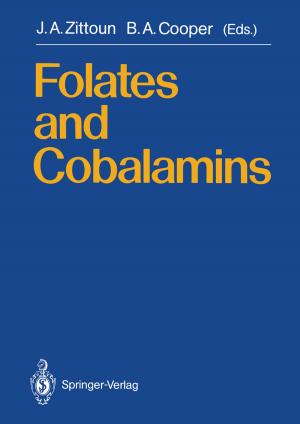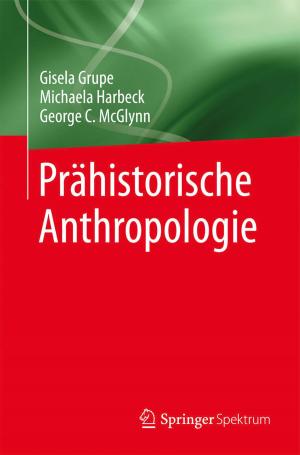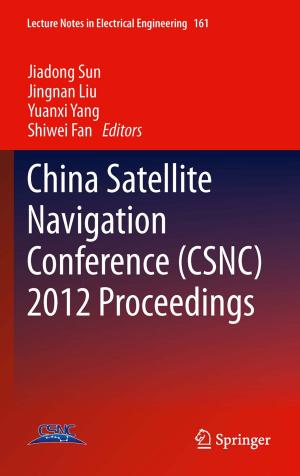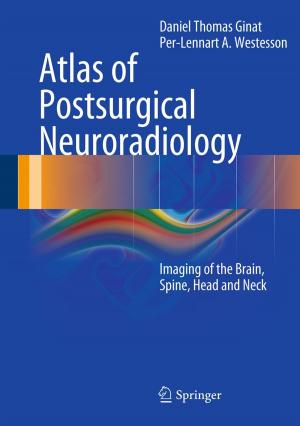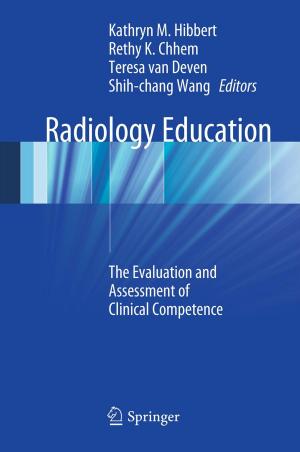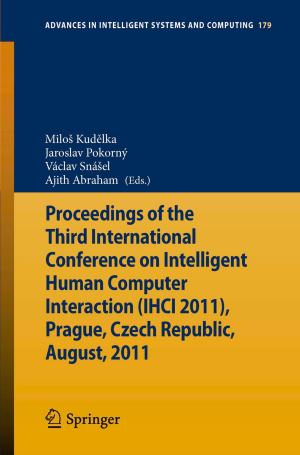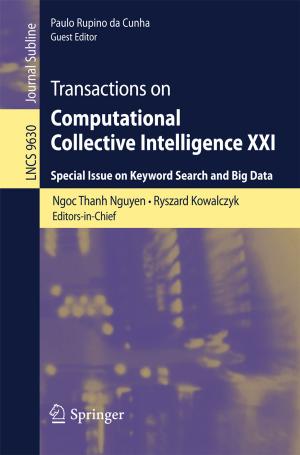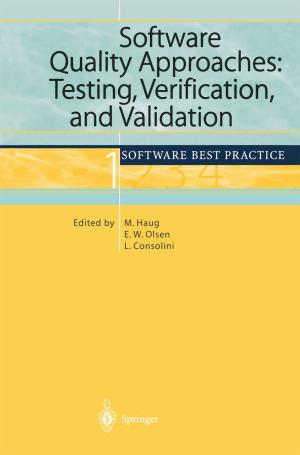Nuclear Hepatology
A Textbook of Hepatobiliary Diseases
Nonfiction, Health & Well Being, Medical, Medical Science, Biochemistry, Specialties, Radiology & Nuclear Medicine| Author: | Gerbail T. Krishnamurthy, S. Krishnamurthy | ISBN: | 9783642006487 |
| Publisher: | Springer Berlin Heidelberg | Publication: | June 23, 2009 |
| Imprint: | Springer | Language: | English |
| Author: | Gerbail T. Krishnamurthy, S. Krishnamurthy |
| ISBN: | 9783642006487 |
| Publisher: | Springer Berlin Heidelberg |
| Publication: | June 23, 2009 |
| Imprint: | Springer |
| Language: | English |
Since the publication of the first edition of Nuclear Hepatology almost 10 years ago, new advances have taken place, both in our understanding of liver pathophysiology and various imaging modalities. A unique feature of imaging of physiology is that it enables quanti- cation. Since liver physiology is complex, quantification has been a challenge. Many p- lications in the past have often included quantification based on home-made software not available for others. Thus, the comparison of results from one center to another becomes difficult, if not impossible. The second edition of Nuclear Hepatology addresses these issues. Sophisticated software for liver and gallbladder function has been tested and va- dated through many of our previous publications. Now that software is FDA approved and available for others through a commercial company, it is hoped that future publications of imaging of liver and gallbladder physiology would routinely include quantification. Although the function of the hepatocyte is complex, it can be broadly divided into two main categories, substrate uptake at the basolateral border and intracellular transit prior to excretion into the canaliculi. The earliest manifestation of hepatocellular injury occurs in the form of prolongation of the intracellular transit time, which occurs long before the disruption of the basolateral border with subsequent rupture and death. The liver enzymes are released into circulation after the death of the hepatocyte.
Since the publication of the first edition of Nuclear Hepatology almost 10 years ago, new advances have taken place, both in our understanding of liver pathophysiology and various imaging modalities. A unique feature of imaging of physiology is that it enables quanti- cation. Since liver physiology is complex, quantification has been a challenge. Many p- lications in the past have often included quantification based on home-made software not available for others. Thus, the comparison of results from one center to another becomes difficult, if not impossible. The second edition of Nuclear Hepatology addresses these issues. Sophisticated software for liver and gallbladder function has been tested and va- dated through many of our previous publications. Now that software is FDA approved and available for others through a commercial company, it is hoped that future publications of imaging of liver and gallbladder physiology would routinely include quantification. Although the function of the hepatocyte is complex, it can be broadly divided into two main categories, substrate uptake at the basolateral border and intracellular transit prior to excretion into the canaliculi. The earliest manifestation of hepatocellular injury occurs in the form of prolongation of the intracellular transit time, which occurs long before the disruption of the basolateral border with subsequent rupture and death. The liver enzymes are released into circulation after the death of the hepatocyte.

